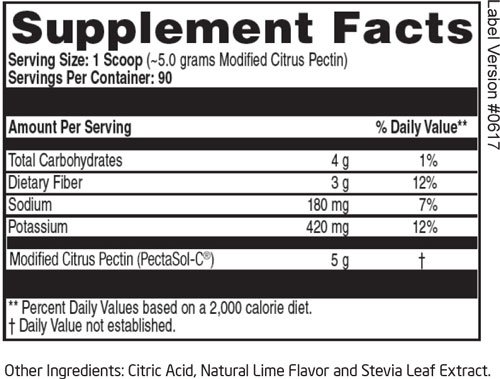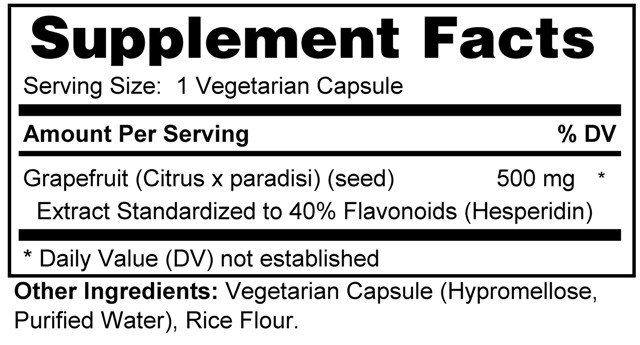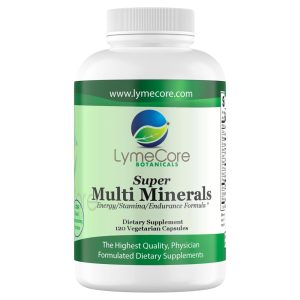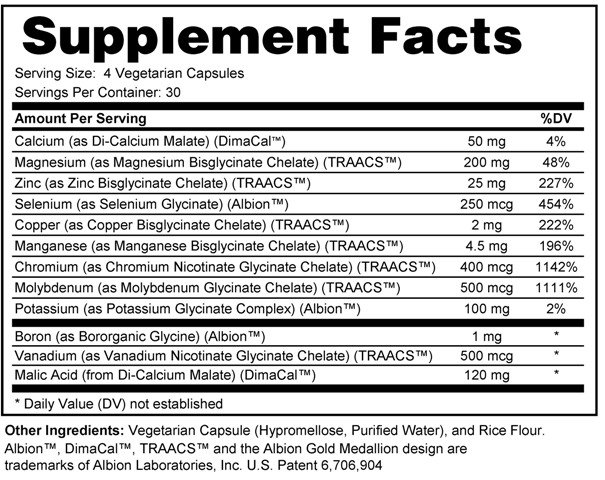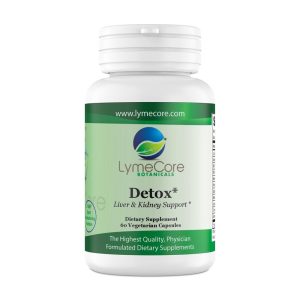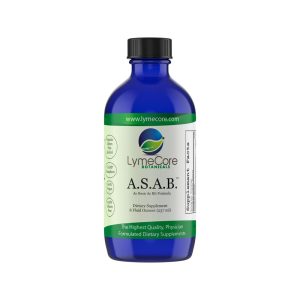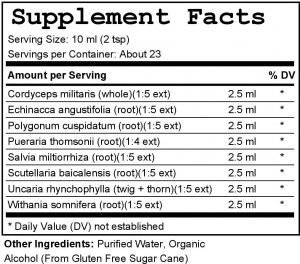Introducing G3M (Pectasol-C), a cutting-edge soluble polysaccharide supplement that targets galactin-3, an alarmin responsible for perpetuating inflammation and fibrosis. Backed by scientific research, G3M has proven its efficacy in various health benefits, making it a fundamental component to any tick-borne disease protocol.
- Reduces Inflammatory Cytokines: G3M has been studied extensively, and its effectiveness in reducing inflammatory cytokines has been demonstrated. By modulating these cytokines, G3M aids in curbing chronic inflammation and promoting overall health.
- Promotes Healthy Collagen Growth: Collagen is vital for maintaining healthy skin, joints, and connective tissues. G3M has shown the ability to promote the growth of healthy collagen, supporting skin elasticity, joint flexibility, and overall tissue integrity.
- Biofilm Breakdown: G3M possesses unique properties that help in breaking down biofilms. Biofilms are communities of microorganisms that can be difficult for the body to eliminate. By breaking down these biofilms, G3M supports a healthy microbial balance in the body.
- Heavy Metal Binding: Toxic heavy metals can accumulate in our bodies and have detrimental effects on our health. G3M has been found to bind with heavy metals, facilitating their elimination from the body and reducing potential toxic effects.
- Enhances NK Cells: Natural Killer (NK) cells are a vital component of our immune system, responsible for combating various infections and abnormal cells. G3M has a dose-dependent relationship in increasing the activity of NK cells, bolstering your immune defenses.
- Herxheimer Reaction Support: G3M plays a role in binding endotoxins, which are released when harmful bacteria are killed off in the body. By binding endotoxins, G3M can help prevent and/or lessen the severity of the Herxheimer reaction, which can occur during some cleansing or detoxification processes.
G3M is manufactured under strict quality standards, ensuring you receive a pure and potent product. Incorporating G3M into your daily health regimen may contribute to reduced inflammation, improved immune function, and enhanced overall well-being.
Please note that while G3M has demonstrated promising results in scientific studies, it is essential to consult with your healthcare provider before starting any new supplement to ensure it aligns with your specific health needs and existing medications.
Resources:
- Liu Q, et al. (2015). Pectasol-C Modified Citrus Pectin Induces Apoptosis and Inhibition of Proliferation in Human and Mouse Androgen-Dependent and-Independent Prostate Cancer Cells. https://www.ncbi.nlm.nih.gov/pmc/articles/PMC4642448/
- Nangia-Makker P, et al. (2002). Inhibition of Human Cancer Cell Growth and Metastasis in Nude Mice by Oral Intake of Modified Citrus Pectin. https://www.ncbi.nlm.nih.gov/pmc/articles/PMC2753312/
- Eliaz I, et al. (2006). The effect of modified citrus pectin on urinary excretion of toxic elements. https://www.ncbi.nlm.nih.gov/pubmed/16421877
- Rafehi H, et al. (2017). Pectasol-C Modified Citrus Pectin Targets Galectin-3-Induced NFκB Activation and Cytokine Secretion in Breast Cancer Cells. https://www.ncbi.nlm.nih.gov/pmc/articles/PMC5611803/


